Butterflies are a fun symbol of freedom, change, and femininity
There is nothing more popular than a butterfly tattoo and for good reason. Butterflies are considered beautiful, delicate parts of nature, so they look great when paired with the body's natural form, wherever they are positioned.
In addition, butterfly designs can be easily customized, allowing you to create a truly unique piece of ink. The butterfly represents everything from freedom and transformation to beauty and femininity if you prefer to play up their intrinsic meanings instead.
It is most important to be sure of what you want your butterfly tattoo to look like no matter why you want one.
Matching butterfly tattoos are a great idea. Considering butterfly design is so similar, you can be certain they'll look the same. Plus, you can customize their size, style, and shape, so your matching tattoos are unique to you and your partner.
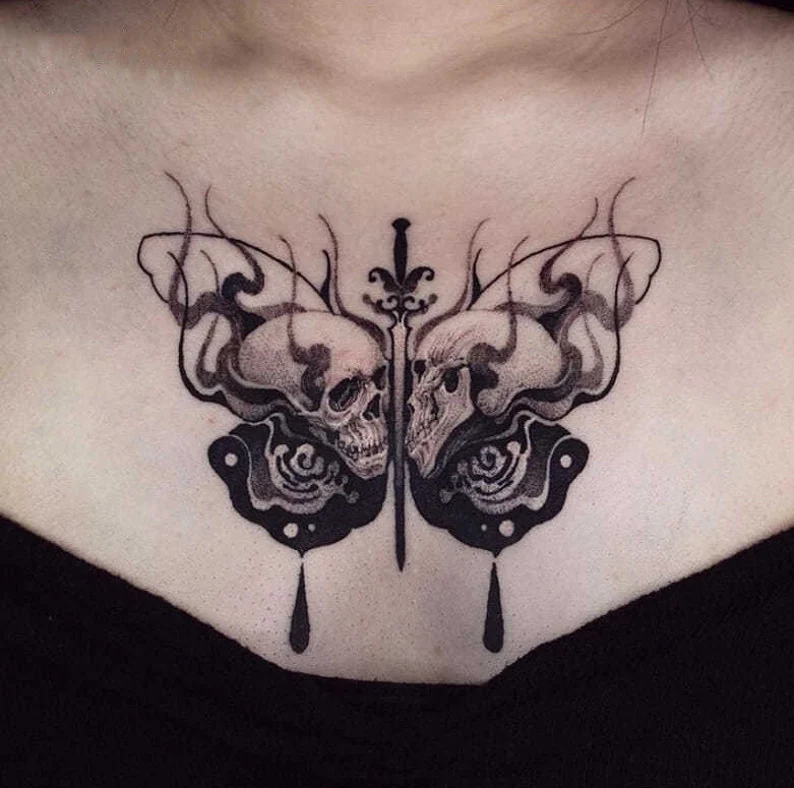
What does a butterfly tattoo mean?
There are a lot of different butterfly tattoo designs available. There are many types and sizes of ink, and each one holds a lot of meaning for the wearer. Traditionally, this design is associated with femininity and love, but it can also evoke endurance, resistance, change, and hope. Anyone can wear these, and they look amazing at any age.
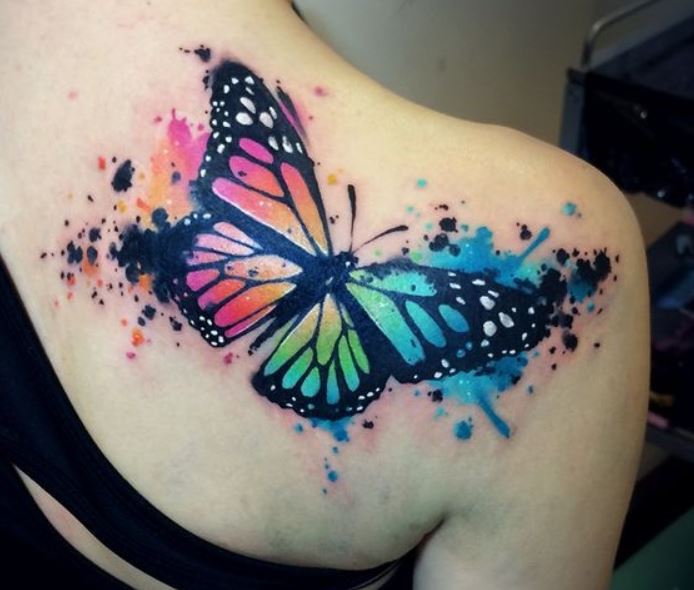
Where is the best place to get a butterfly tattoo?
You can get a butterfly tattoo almost anywhere on your body. Having wings of such a shape makes them a great frame, so they look particularly good on the chest, collarbone, and lower back. There are also many popular spots on the shoulders and arms, particularly the inner forearm and back of the upper arm.
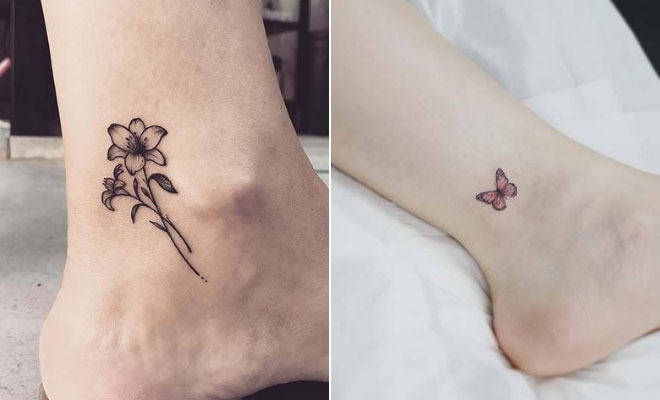
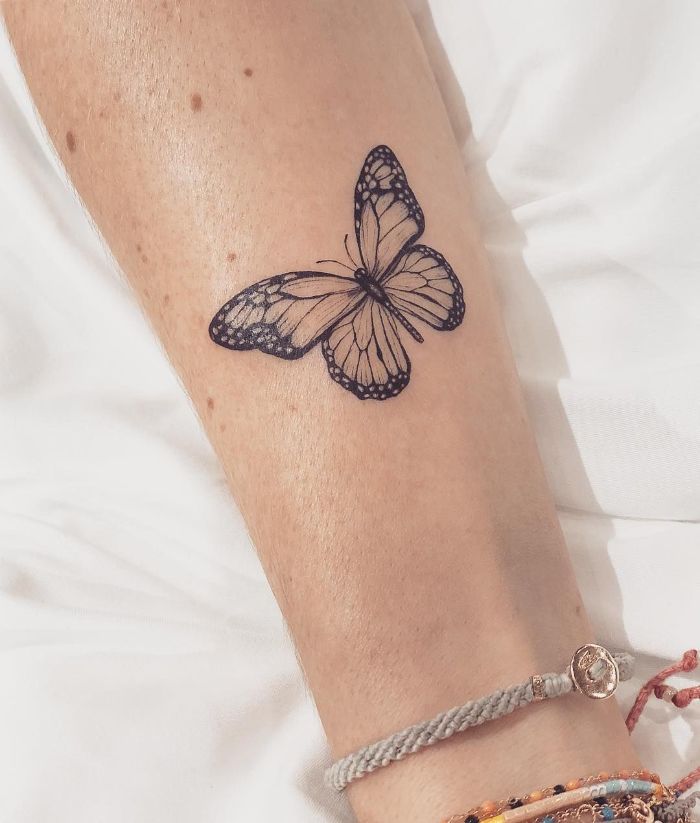
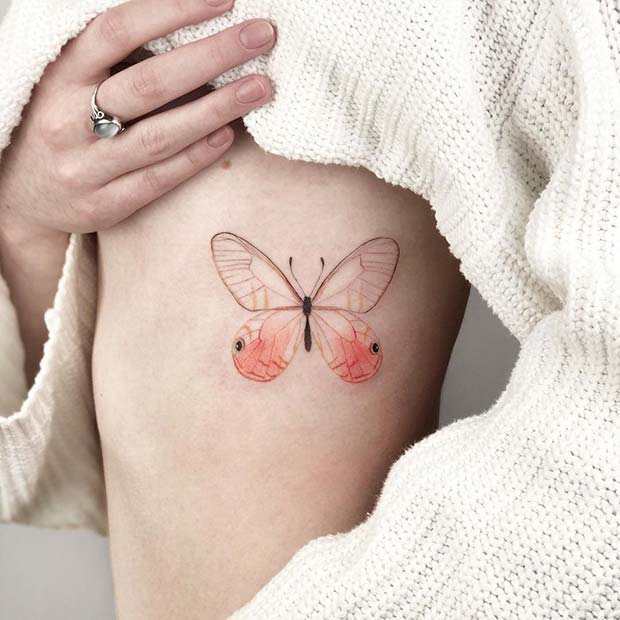
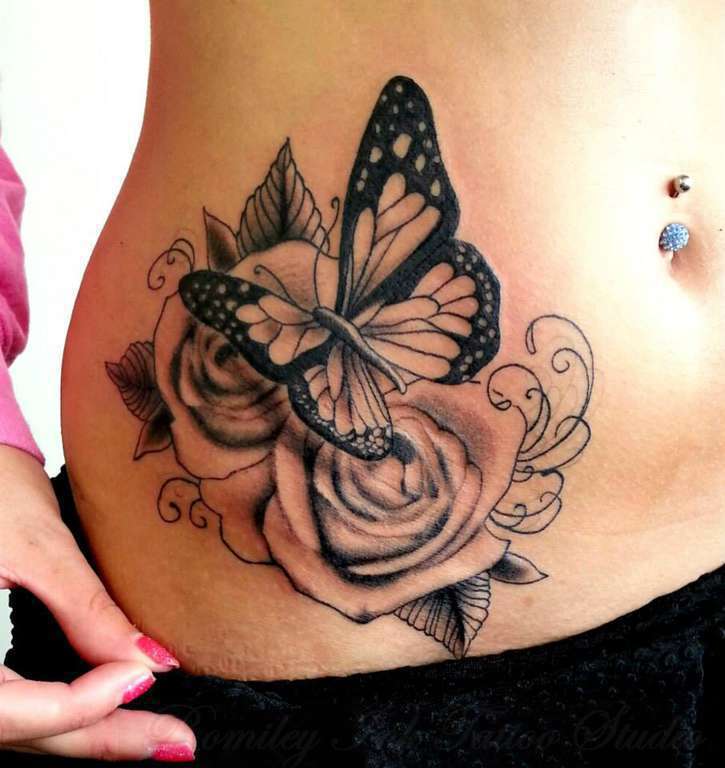
Do butterflies have two hearts? Yes, butterflies and all other insects have both a brain and a heart. The center of a butterfly's nervous system is the subesophageal ganglion and is located in the insect's thorax, not its head. The butterfly has a long chambered heart that runs the length of its body on the upper side.
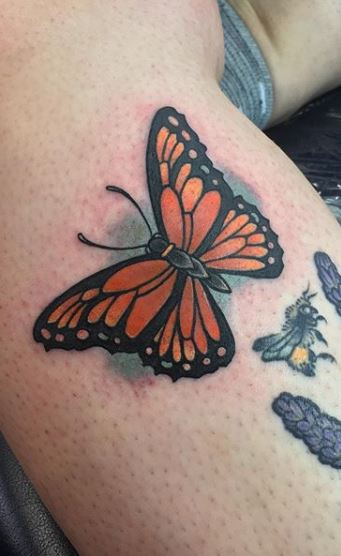
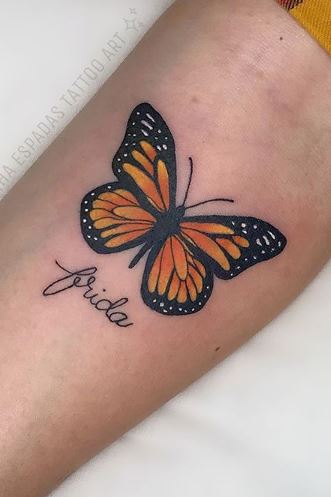
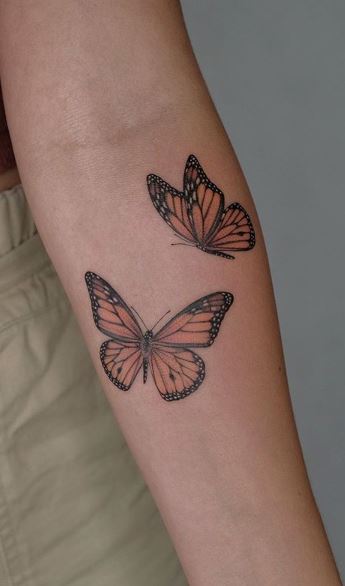
Butterflies
Numbers of species. Due to their bright colors and visits to flowers, butterflies are the most familiar of insects to humans. There are about 17,500 species of butterflies in the world, and around 750 species in the United States.
Distinctive characteristics. Butterflies (and moths) are the only group of insects that have scales covering their wings, although some butterflies have reduced scales. They differ from other insects also by their ability to coil up their proboscis.
Immatures. Caterpillars are the names given to the larvae of both butterflies and moths. They are usually very distinctive, and in some cases may be identified more easily than the adults. When they are developing, their skin may be shed four or more times, with each molt often changing the coloration and appearance of the caterpillar. They eat voraciously to transform plant material into tissues that they will need for metamorphosis.
Plant associations. Butterflies are commonly associated with plants, and the relationship is sometimes complex. Immatures, with few exceptions, eat plants, and therefore may be considered harmful to the plants. However, butterflies are very important to many plants that are dependent upon flower-visiting insects for cross-pollination. Most butterfly caterpillars eat one, or sometimes several, related species of plants. Usually the choice is made by the adult female when depositing eggs. Adults usually feed on nectar from flowers of plants, although many butterflies feed instead on rotting fruit, dung, etc., especially in the tropics.
Migration. Butterfly migration is best exemplified by the Monarch, which is widely known to migrate in the fall to overwintering sites in California and Mexico. But in the United States, several other butterfly species engage in lesser migration distances. Some of these are the Buckeye, the Painted Lady, the Purple Wing, the Great Southern White, the Cloudless Sulphur, and the Little Sulphur.
Wing colors in butterflies appear in two types, pigment and structural, frequently combined in one individual. Pigment colors are familiar in paints, dyes, and inks, and are defined as specific substances with definite chemical composition. Structural colors are instead produced in a physical manner, similar to a rainbow. Morpho butterflies are the usual example of butterflies with structural color.
Vision. The vision of butterflies appears to be excellent, especially within short distances. They are able to fly with precision in areas of many obstacles.
Mating Behavior. Females are usually able to engage in mating on the day of emergence, but males do not normally mate for several days. Courtship rituals vary widely among species.